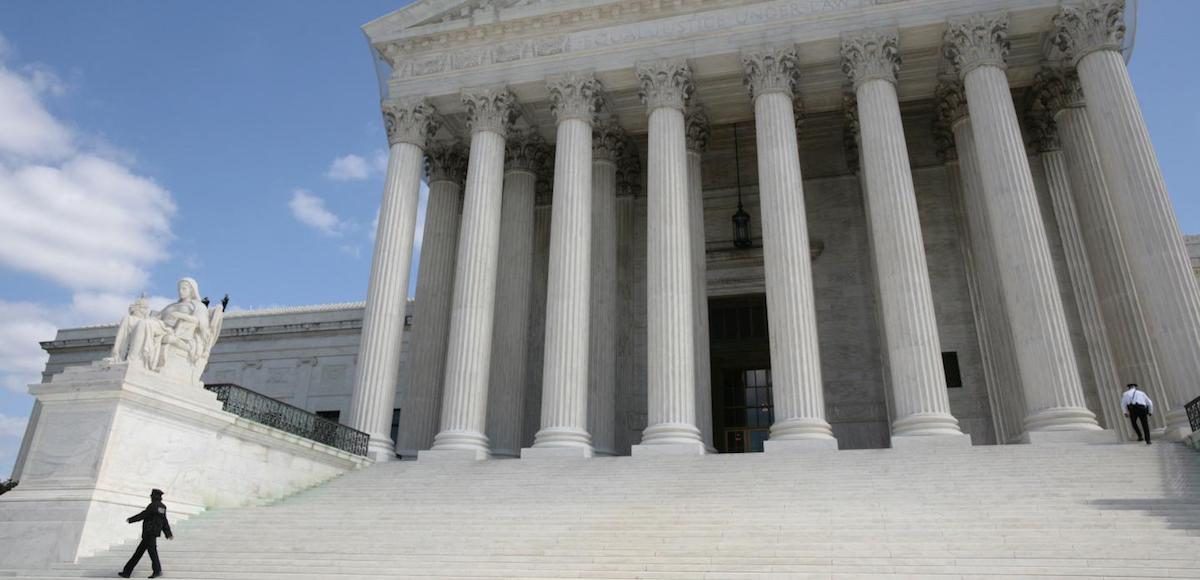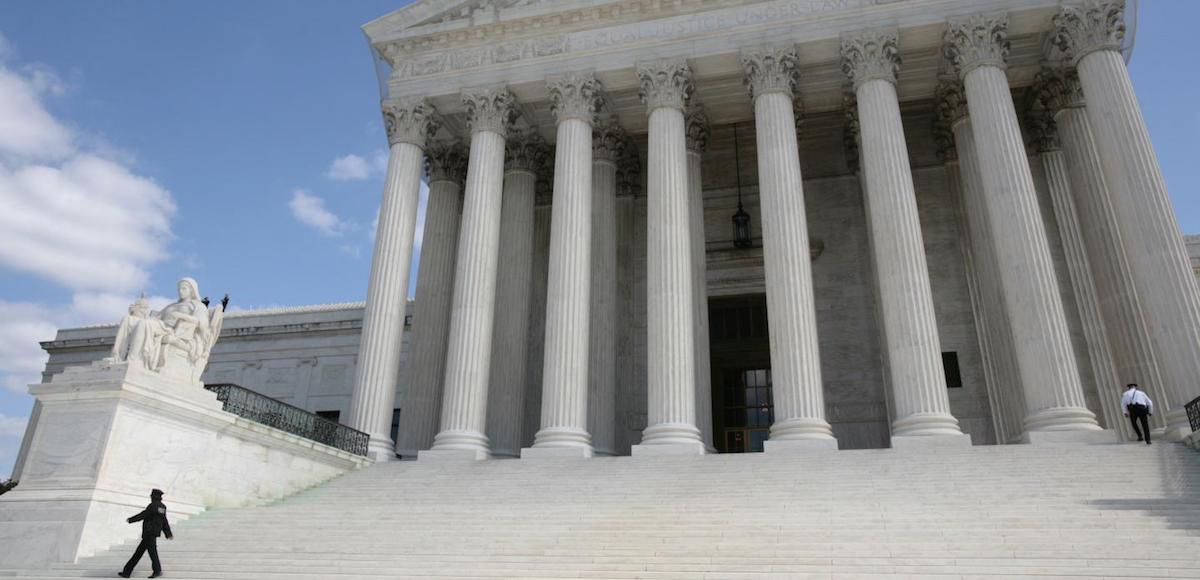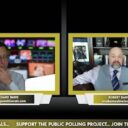

File Photo: The U.S. Supreme Court (SCOTUS). (Photo: Reuters)
The U.S. Supreme Court on Monday largely reinstated President Donald J. Trump’s travel ban until oral arguments are heard in October, 2017. The two cases surrounding the ban on travelers from six Muslim-majority countries were consolidated in a ruling that is a big win for the White House.
“We grant the petitions for certiorari and grant the stay applications in part,” the Court wrote. “The clerk is directed to set a briefing schedule that will permit the cases to be heard during the first session of October Term 2017.”
The Ninth Circuit Court of Appeals, the most liberal and overturned appellate court in the land, along with the Fourth Circuit, the second most liberal court in the land, ruled against the Trump Administration and issued injunctions. The High Court granted the Trump Administration’s request to lift those injunctions and will hear arguments in the fall.
“The Government has made a strong showing that it is likely to succeed on the merits – that is, that the judgments below will be reversed,” an opinion on the ban filed by Justices Clarence Thomas, Samuel Alito and Neil Gorsuch said. “The Government has also established that failure to stay the injunctions will cause irreparable harm by interfering with its ‘compelling need to provide for the Nation’s security.’”
Anticipating a wave of lawsuits, the White House counsel addressed the concerns of the liberal activist courts that previously granted opposition a temporary stay on the first order signed by President Trump, which was rescinded.
The “Executive Order Protecting The Nation From Foreign Terrorist Entry Into The United States” specifically cited the president’s authority granted by the U.S. Constitution and the U.S. Congress, specifically the Immigration and Nationality Act (INA) of 1952, to suspend refugee entries for 120 days.
Whenever the President finds that the entry of any aliens or of any class of aliens into the United States would be detrimental to the interests of the United States, he may by proclamation, and for such period as he shall deem necessary, suspend the entry of all aliens or any class of aliens as immigrants or nonimmigrants, or impose on the entry of aliens any restrictions he may deem to be appropriate.
However, unlike the first order, it detailed categories of people eligible to enter the United States for business or medical travel purposes. It also no longer suspended Syrian refugee admissions indefinitely and excluded Iraq. Still, lawyers for the state of Hawaii, the most liberal state in the country, moved for a temporary restraining order on March 15, the day before the new executive order was supposed to take effect.
With the Supreme Court’s ruling, the order is back in effect with the exception of those who have bona fide relations to U.S. citizens or institutions etc.
“We grant the Government’s applications to stay the injunctions” blocking the implementation of the ban “to the extent the injunctions prevent enforcement of Section 2(c).”
“An American individual or entity that has a bona fide relationship with a particular person seeking to enter the country as a refugee can legitimately claim concrete hardship if that person is excluded,” the Court wrote. “As to these individuals and entities, we do not disturb the injunction. But when it comes to refugees who lack any such connection to the United States, for the reasons we have set out, the balance tips in favor of the Government’s compelling need to provide for the Nation’s security.”
President Trump’s executive order came on the heels of the Department of Homeland Security (DHS) revealing nearly a third of the 1,000 domestic terrorism cases currently being investigated by the Federal Bureau of Investigation (FBI) involve those admitted to the U.S. as refugees.
Officials said some of those 300 came to “infiltrate” the U.S., while others were radicalized once they were in the country.
In 2015, FBI Director James Comey said the Bureau was investigating roughly 900 terror probes including every U.S. state. But the leaked report represented the first official solid tie between the refugee resettlement program and an increase in terrorism.
The People’s Pundit Daily (PPD Poll) Big Data Poll has repeatedly found majority support for President Trump’s executive order.
[pdfviewer width=”740px” height=”849px” beta=”true/false”]https://www.peoplespunditdaily.com/wp-content/uploads/2017/06/SCOTUS-Travel-Ban-Injunction-Decision.pdf[/pdfviewer]








Jay Hooks / June 26, 2017
Justice !!!! The 9th circuit should be abolished !
/
Richard Baris / June 26, 2017
There really should come a point when they are not credible anymore. How badly are you willing to damage your reputation? Reading the decision, it doesn’t look good for them come October.
/